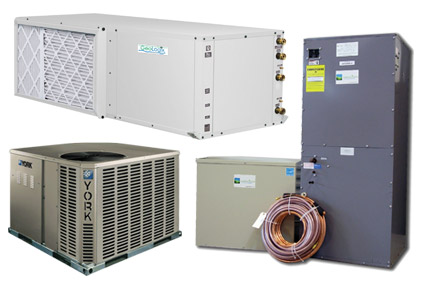At this point in a typical year, much of this equipment has already been manufactured and shipped to distributors, so manufacturers and parts suppliers have quickly ramped up production to meet the unexpected and unprecedented need for these products.
“Manufacturers could not have predicted this spike in demand during what is typically a slower manufacturing period for heating products,” said Stephen Yurek, AHRI president and CEO. “But they are making every effort to provide these products to consumers and small businesses as quickly as possible so their lives can begin to return to normal.”
Meeting the Need
As Christopher Drew, vice president at Burnham Holdings put it, “We understand the importance of getting heat back on in people’s homes all across the most hard-hit areas in New York and New Jersey, and we are doing everything we can to accelerate our manufacturing to meet such a significant spike in demand,” he said. “Our residential businesses are shipping every piece of equipment we can manufacture as quickly as possible.”
According to Drew, his company is among those that are ramping up production.“The demand from our wholesale customers is at unprecedented levels and is straining the supply chain that serves all boiler manufacturers. Obviously our operations are subject to our ability to get parts to our assembly operations, and we are in constant contact with our vendors to manage the parts in-flow as best we can.
“At this point the focus appears to be on residential equipment, with the push being to get heat back into the homes of those displaced by the storm.”
Drew added that once the focus on residential replacement was over, the commercial markets would likely see an increase in sales, probably in the spring after peak heating demands had been met. “We expect the impact from this event to be felt well into 2013 as the rebuilding efforts continue.”
Publication date: 12/17/2012


Report Abusive Comment